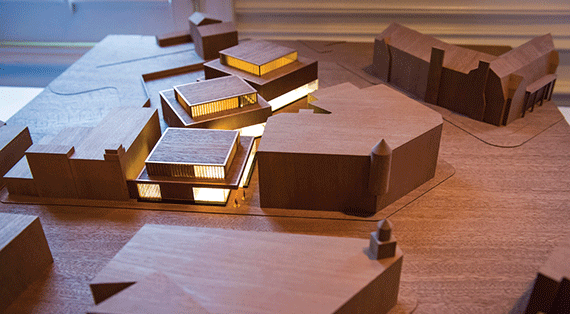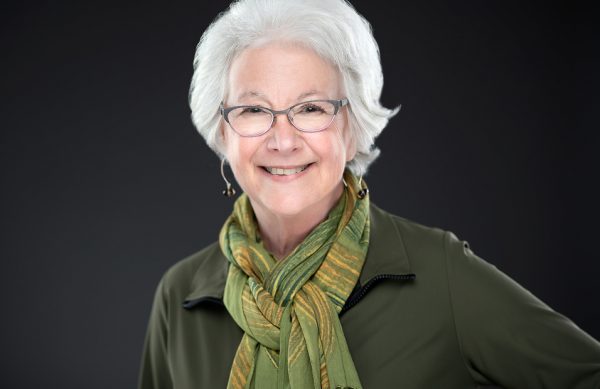Plans Move Ahead for Center For Art and Culture

A number of widely-lauded plans for Colgate have been proposed, approved and implemented lately, including the redesigned Hurwitz Admission Center, put to good use by sit-in protesters. The full Campus Master Plan was approved in January 2014, as a culmination of two years of working groups, and an update was released last month.
The fact that a new Center for Art and Culture (CAC) was in the plan came as a surprise to students and faculty alike, despite the fact that it has been in the works since 2012.
“Are they actually building one?” junior James Mitchell, a leader of the Poetically Minded club and Portfolio, Colgate’s literary magazine said. “Well, it’s long overdue but it will be put to really good use. I’m sure lots of people will benefit from it.”
The new Center hasn’t been widely publicized the way that plans for a new hockey rink have been, and it’s surprising it is in the plan at all; the working groups were on “Academic Excellence, Athletics, Campus Master Planning, Right-Sizing the Student Population, Technology and Teaching, Learning and Teaching, Global and International Initiatives, and Living the Liberal Arts.”
None of these groups will have anything to do with the new Center, which, if the permits are approved, will be built at 18-20 Utica Street, the space where The Broad Street Gallery currently stands. The three-part CAC will hold a community space, the Longyear Museum of Anthropology and the Picker Art Gallery, as well as an outdoor space for a sculpture court.
The project was picked up by renowned architect David Adjaye, of Adjaye Associates, who has worked on projects around the world, including as team leader for the new Smithsonian National Museum of African American Culture and History, scheduled to open next year.
“What is important to me about this scale of project is that it allows me to make very special, jewel-like buildings. I really love being able to engage the community, to talk about sustainability, to talk about creativity, to talk about innovation, outreach and education,” Adjaye said when beginning the project in 2012.
His research and exploration of Hamilton led to the presentation last month of a playfully off-kilter design, with mixed heights, shapes and angles, reflective fins and uplighting, which will enable the building to function as a lightbox.
There are a few things that may have prompted the CAC. First, the Strategic Plan acknowledges Colgate’s changing demographics; different priorities among the student body – including increased interest in culture and the arts – likely prompted change. Second, the Hamilton Initiative Advisory Committee of the Board of Trustees requested that the Strategic Plan consider the future of the Hamilton Initiative. A project like the new CAC falls within the domain of the Hamilton Initiative and will have to be approved by its board.
Finally, as part of the Strategic Plan, Colgate has been researching how to improve and present its institutional identity. Perhaps, as a result of this mid-life crisis, the new Colgate identity will shift its orientation towards arts and culture.



